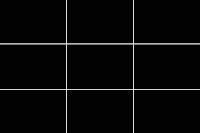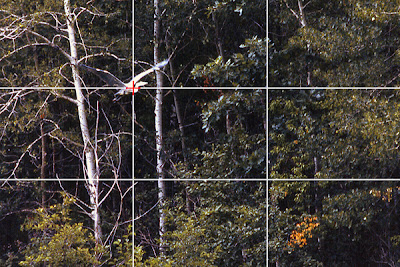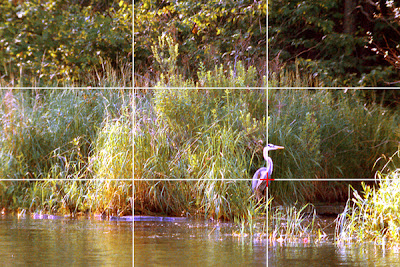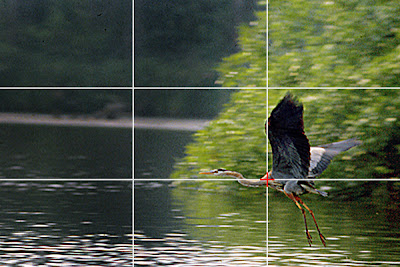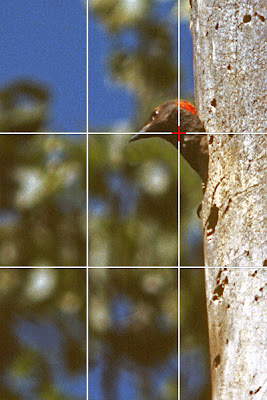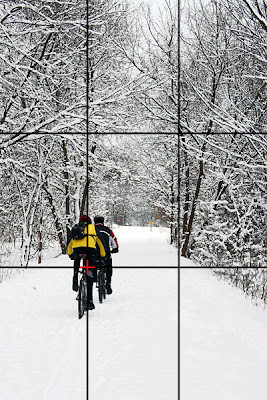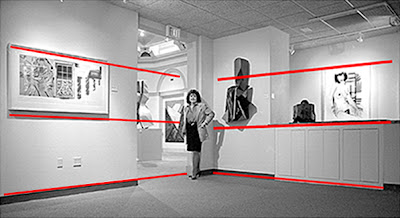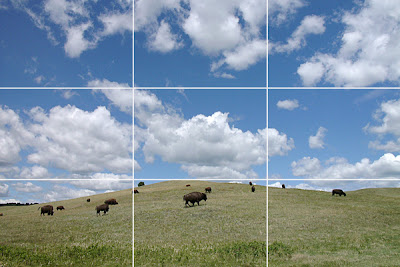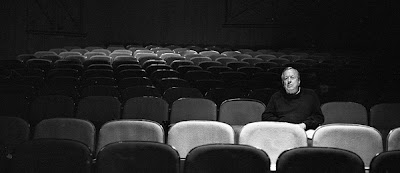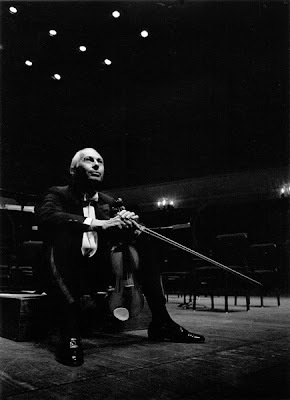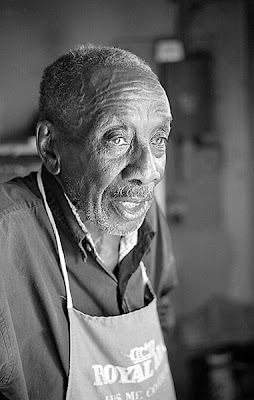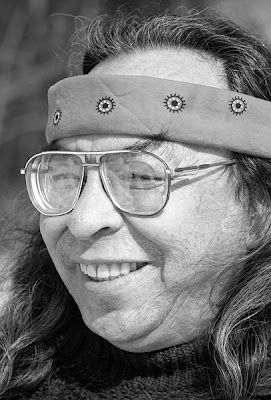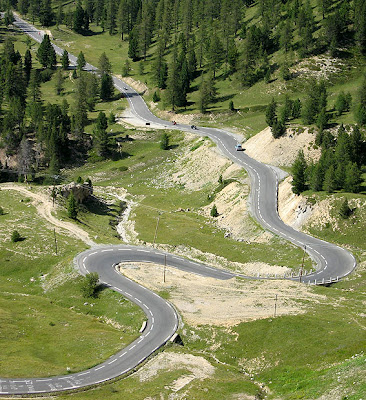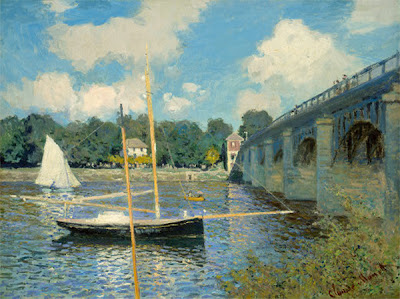An interesting, but relatively unknown
fact is that NASA initially had chosen the Leica MDa as the camera to be used
on their lunar missions. The reason was
weight. Of all the systems for the
Apollo missions, one could never be tested because of the low gravity of the
moon. That was the take-off module. To gain as much of a weight advantage as
possible, NASA did everything they could to save weight. That included the camera equipment. The Leica MDa with 35mm f/1.4 Summilux was
definitely lighter than anything Hasselblad, their regular camera of choice,
had to offer. Leitz modified several
cameras and lenses to feature large levers to allow camera operation with the
bulky gloves of the space suits. The
astronauts chosen for the lunar missions all received extensive training in the
use of the camera.


NASA Leica MDa. Modifications appear to be a soft shutter
release, a larger shutter speed dial, an enlarged film wind lever a large rewind knob and an enlarged lever to open the camera. The top of the camera also has a beefed up plate with an accessory show attached. There is also an electronic connection of an unknown purpose in place of the PC connection.
Modifications of the lens are large levers
for the aperture and focus settings, all designed for easy operation with the gloves
of the space suits.
Yet, as is common knowledge, the Leica
never made it to the moon. The credit
goes to one engineer who figured out that the interchangeable film backs for
the Hasselblad were lighter than the Leica MDa with its Summilux lens. Subsequently NASA decided to use the Hasselblad
after all. The Saturn 5 rockets had no
problem delivering the payload to the moon.
For the return trip it was subsequently decided to remove the film backs
from the cameras and to leave the cameras and lenses on the moon where they
still reside today. A total of 12
Hasselblad cameras and lenses are sitting in the lunar dust, ready to be picked
up.
An intriguing question is if they might
be still able to operate properly after all these years in the extremely harsh
environment of the lunar surface.
Since then a few more details about the
NASA – Leica connection have emerged.
One virtually unknown fact is that NASA also used the Leicafelx SL. For what purpose is unknown at this point. I have also found that in 1966, NASA ordered
150 Leica cameras. Unfortunately it was
not stated which cameras they were.
The camera appears to be without visible
modifications other than the deeply knurled shutter speed dial to accommodate
the heavy gloves of the space suits.
Already in the earliest stages of the NASA
space program, Leica cameras were part of the equation. One such camera was the Leica Ig. With this camera astronaut John H. Glenn, Jr.,
took the first human-shot, color still photographs of the Earth during his
three-orbit mission on February 20, 1962. Glenn's pictures paved the way for
future Earth photography experiments on American human spaceflight missions.

Because Glenn was wearing a spacesuit,
complete with helmet during his February 20, 1962 mission, he could not get his
eye close to a built-in viewfinder.
Therefore NASA selected the high-quality Leica Ig camera that allowed
them to attach a customized viewfinder on top. This special attachment featured
a suction cup on the back side to allow Glenn to easily place the device
against the visor when he was required to keep it down. The viewfinder was
removable when Glenn did not need his visor down, and a velcro strip on the
rounded top let him manage its location inside the spacecraft. Glenn found the camera easy to use, in part
because he could exploit the advantages of zero-gravity.
"When I needed both hands, I just
let go of the camera and it floated there in front of me," he said in his
later memoir.
The 1957 Leica Ig was the last Leica
screwmount model made, with production ending in 1963. It was the successor to the If and is the
only screwmount camera with the word 'Leica' engraved on the front of the
camera. This camera had the same profile as the IIIg but without the
viewfinder/rangefinder incorporated into the top. As with both the Ic and If there were two
accessory shoes mounted for attaching a separate viewfinder and rangefinder.
The rewind knob was partially recessed into the top plate. As with the Ic and the If, the Ig was
intended for scientific or Visoflex use.
A little known fact is that a Leica M3
accompanied the astronauts on a September 1995 Endeavour space shuttle
mission. As reported by the Houston
Chronicle…
NASA
Photographer Makes History With Trusty Camera
MARK
CARREAU Staff
SAT
02/10/1996 HOUSTON CHRONICLE
Odds
are that Andrew Patnesky, ""Pat" to his colleagues, has used the
vintage Leica camera that swings from his leathery neck like an old dog tag to
photograph every American astronaut since Alan Shepard.
It
was only fitting that the trademark photo gear with the thick rubber band
binding its aging components together accompanied a shuttle crew into orbit
recently, something the 75-year-old NASA photographer couldn't do.
""I
think the world of that camera," said Patnesky, who shuns more modern gear
with the automated features that focus and advance film in favor of the
all-manual Leica M3.
""I
have other cameras, but they don't measure up," he said.
""Anyone can just go shoot. Anyone can be a photographer, but not
everyone can be a photojournalist."
Patnesky
fretted over the Leica's absence during its orbital journey aboard the shuttle
Endeavour last September. The separation was prolonged for several weeks after
the shuttle's return so that the Leica could be unpacked and its journey
officially documented.
""I
feel kind of naked without it," he joked recently, clearly relieved that
the old camera was available once again for his patrols of the space center's
astronaut training facilities.
Patnesky
staked his claim to the government-owned gear when he spotted it in an
equipment closet soon after he joined NASA in 1961. The Johnson Space Center,
then known as the Manned Spacecraft Center, was just beginning to take shape in
Houston.
""None
of the other dingbats would use it. So I said, `Hey, give it to me,' "
recalled Patnesky, who spares no one, least of all himself, from his playful
verbal digs.
Relying
on his 21 years of experience as a photographer with the old U.S. Army Air
Corps and then its successor, the Air Force, Patnesky began to chronicle, with
the trusty Leica, the personalities who led America to the moon.
In
those days, he said, the news media was thirsty for a steady stream of
photographs of astronauts as they trained for their Apollo flights in exotic
locales, from the Gulf of Mexico where they rehearsed post-splashdown
procedures in rough seas to the deserts of Mexico.
During
one of the Mexican excursions - it was a training jaunt by Shepard and
astronaut Edgar Mitchell to prepare for their Apollo 14 flight - an
instructor-geologist challenged Patnesky to descend into a rocky crater for
photographs.
As
he made his way to the crater floor, Patnesky slipped between the boulders. The
Leica's fragile view finder broke away, disappearing between the rocks. Rather
than replace the camera, though, he obtained a new view finder and lashed it in
place with the first of a succession of wide rubber bands, lending the camera
its rag tag character.
To
this day Patnesky finds the Leica perfect for his needs, rubber bands and all.
With
its precise mechanics and acute optics, the old camera makes little shutter
noise and requires no flash when its operator is photographing in the Mission
Control Center, the space shuttle simulator or the administrative offices.
""I
like to shoot on a noninterference basis," he said. ""That is
how you get the best shots."
The
strategy has permitted Patnesky to photograph all of the American presidents
with astronauts from John Kennedy to Bill Clinton. It allowed him to capture
the drama of the Challenger accident as it was reflected in the faces of the
personnel in Mission Control, as well as the majesty of Anwar Sadat, the late
president of Egypt, during a state visit.
His
favorite subjects, though, are the astronauts, from the original Mercury
explorers to Neil Armstrong and Buzz Aldrin, the first lunar explorers, and now
the shuttle astronauts and their recent Russian cosmonaut guests.
""My
friendship with the astronauts means a helluva lot to me. I admire those guys
for all the hours they put in," said Patnesky. ""One way or
another I've photographed every one of them."
One
of 10 children born to a Pennsylvania coal mining family, he commutes 110 miles
to work each day from a home north of Houston and shares time with his wife in
a second home near San Antonio.
Wiry
and healthy, Patnesky will log his 56th complete year of government service on
Oct. 1. He is coy about his retirement plans.
But
he feels so strongly about his association with the astronauts that he is
willing to part with his Leica when he leaves NASA. He wants it to go on
display at the Astronaut Hall of Fame, just outside the gates of the Kennedy
Space Center in Titusville, Fla.
My continued research into Leica cameras
that were used by NASA has yielded another interesting result. This Leica camera was used in conjunction
with a spectrograph and was used on the Gemini V and VIII missions. Longer
missions during the Gemini program gave astronauts more time for scientific
experiments, often created and monitored by other government agencies or
academic institutions. Scientists at the U.S. Weather Bureau (now NOAA) created
this camera attachment so it could simultaneously record a spectrum and an
infrared image to determine cloud heights.
The camera appears to be a model
M3. It is unknown if any special
modification were necessary for this specialized use.
It is not known if any current Leica
equipment is being used by NASA. The
delay by Leica to introduce top level digital cameras leads me to believe that
other manufacturers might have been chosen.
However, this is an ongoing research project and should new information
become available, you will read about here.
















